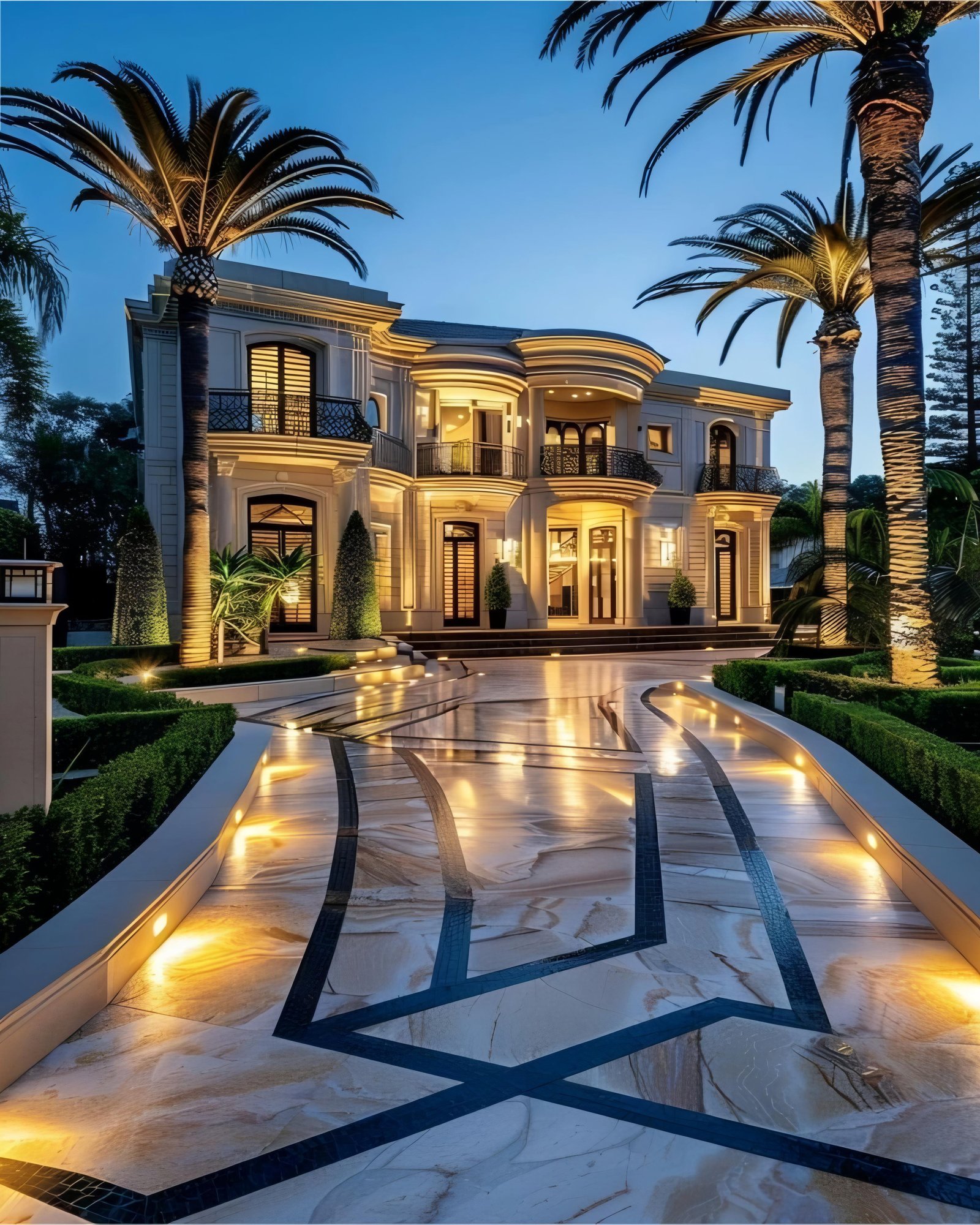
How Real Estate Trends in 2025 Are Shaping the Future of Property Investment
In this blog, we’ll explore the top trends that are shaping the future of real estate in 2025 and how they can influence your next property decision.
Sustainability as the Cornerstone of Real Estate
As global awareness of environmental issues grows, sustainability is no longer a buzzword—it’s a necessity. Developers and homeowners alike are prioritizing eco-friendly solutions, making green buildings a hallmark of modern real estate.
Key Features of Sustainable Properties:
Energy-efficient windows and insulation.
Renewable energy installations like solar panels.
Eco-friendly construction materials, such as recycled steel and bamboo.
Incorporating these features not only reduces environmental impact but also lowers utility costs, making sustainable homes a smart investment for both the environment and your wallet.
Smart Homes: The Future of Convenience
The digital age has revolutionized how we live, and real estate is no exception. Smart homes equipped with the latest technology are becoming a top priority for buyers. These homes offer convenience, security, and energy efficiency, making them a worthwhile investment.
Popular Smart Home Features in 2025:
Voice-controlled lighting and climate systems.
Smart security cameras and door locks.
AI-enabled appliances that anticipate user needs.
The integration of Internet of Things (IoT) devices ensures that homeowners can manage their property efficiently, even when they’re away.
The Rise of Remote Work and Hybrid Living
The shift to remote work, accelerated by the pandemic, has had a lasting impact on real estate. Homebuyers are now looking for properties that accommodate flexible workspaces.
Design Features in Demand:
Dedicated home offices or study rooms.
Multi-functional spaces that adapt to work and leisure.
Properties with strong internet connectivity and tech infrastructure.
This trend is also influencing the design of co-working spaces within residential complexes, blurring the lines between home and work.
Multi-Generational Living: A Growing Necessity
Economic factors and cultural preferences are driving families to live under one roof, creating demand for multi-generational homes. These properties are designed to accommodate the needs of multiple age groups while maintaining privacy and independence.
What Buyers Look for in Multi-Generational Homes:
Separate entrances for added privacy.
Additional living spaces, such as in-law suites or granny flats.
Kitchens and bathrooms on multiple levels of the house.
This trend offers financial and emotional benefits, making it an attractive option for families looking to combine resources.
The Suburban Comeback
While urban living remains popular, many buyers are gravitating toward suburban areas that offer a better quality of life. Known as “urbanized suburbs,” these areas provide the best of both worlds—peaceful surroundings combined with modern amenities.
Reasons Behind the Suburban Shift:
Affordable housing options compared to urban centers.
Proximity to green spaces and recreational areas.
Improved infrastructure, including transportation and schools.
Developers are taking note of this shift, creating communities with amenities like shopping complexes, fitness centers, and schools that appeal to younger families and professionals.
Technology in Real Estate Transactions
Technology is transforming how properties are bought, sold, and rented. The introduction of virtual tours, blockchain, and AI is simplifying the process, making it faster and more transparent.
Tech Tools Revolutionizing Real Estate:
Virtual reality (VR) tours that allow buyers to explore properties remotely.
Blockchain technology to ensure secure and transparent transactions.
AI-powered platforms that match buyers with properties based on their preferences.
These innovations are not only making real estate more accessible but also appealing to tech-savvy millennials entering the market.
Affordable Housing and Co-Living Spaces
As urban populations grow, the demand for affordable housing is increasing. Developers are addressing this challenge by creating co-living spaces and smaller units that cater to budget-conscious buyers.
Key Aspects of Affordable Housing:
Compact yet functional designs.
Shared amenities, such as kitchens and recreational spaces.
Locations close to public transportation hubs.
Co-living spaces are particularly popular among young professionals and students, offering a sense of community at a lower cost.
Innovative Storage Solutions for Urban Living
With urbanization comes the challenge of space. Innovative storage solutions are becoming a necessity, especially in metropolitan areas where space is at a premium.
Creative Storage Ideas:
Built-in wardrobes and hidden compartments.
Furniture that doubles as storage, such as ottomans and beds with drawers.
Vertical storage solutions, like wall-mounted shelves.
These features are making compact homes more livable and appealing to buyers who prioritize functionality.
Conclusion
The real estate landscape in 2025 is defined by innovation, sustainability, and adaptability. From smart homes to suburban developments, the trends discussed above are shaping the future of property investment.
As a buyer or investor, understanding these trends will help you make informed decisions. Whether you’re looking to purchase your dream home or diversify your investment portfolio, staying ahead of these changes is the key to success.
By aligning with these emerging trends, you can not only secure a property that meets your needs but also contribute to shaping a better, more sustainable future.




Leave a Reply
Comments